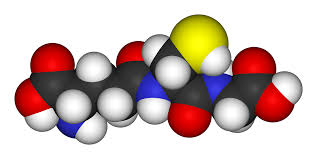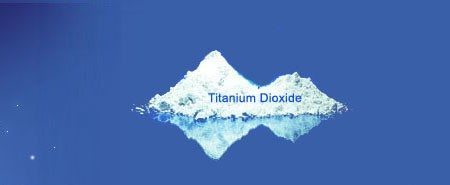Rubber additives prices are also expected to rise in the first quarter of this year
January 9, 2017, according to the Chinese rubber chemicals trading network statistics, rubber additives products in 2017 continued the gains of last year, the gains is large and supply is tight. Antioxidant RD, 6PPD, IPPD rose 40% last year, this year has gone up 24%; accelerator large varieties rose 10% -17%; accelerator small varieties rose 10%.
First, prices in January mainly affected by environmental factors
Continuous haze in the north weather and national environmental supervision, resulting in limited capacity.
Rubber chemicals included in the chemical industry, and a lot of additives in the production process will produce wastewater and waste gas, especially the acid-base method of M. Environmental inspection will inevitably affect the industry supply and demand imbalance, the company operating costs increase leads to product prices.
From October to November last year, Shandong Province, the Central Environmental Protection Group led to the local production of large enterprises affected, from mid-November to December fog haze, resulting in the majority of local enterprises are still in production, limited production status. Shandong, Henan and Tianjin are the main areas of rubber accelerator, also affected by its impact on the overall supply of antioxidant and accelerator industry.
Second, the market outlook forecast
1.The recent production of raw materials, rubber chemicals prices stabilized.
Aniline, carbon disulfide, sulfur, zinc oxide, various types of amines and other chemical raw materials, in the first few months of substantial price increases, the recent price stabilization, raw material weakening factors.
2.The first quarter of this year, accelerator, antioxidant overall supply tight by the impact of environmental, in short supply, prices are supported, environmental factors continue.
In the rubber chemicals downstream, tire, non-tire products industry no substantial increase in demand, the follow-up prices rise or not or gains, mainly decided by the intensity of environmental inspection and factory operating rate.

 English
English


